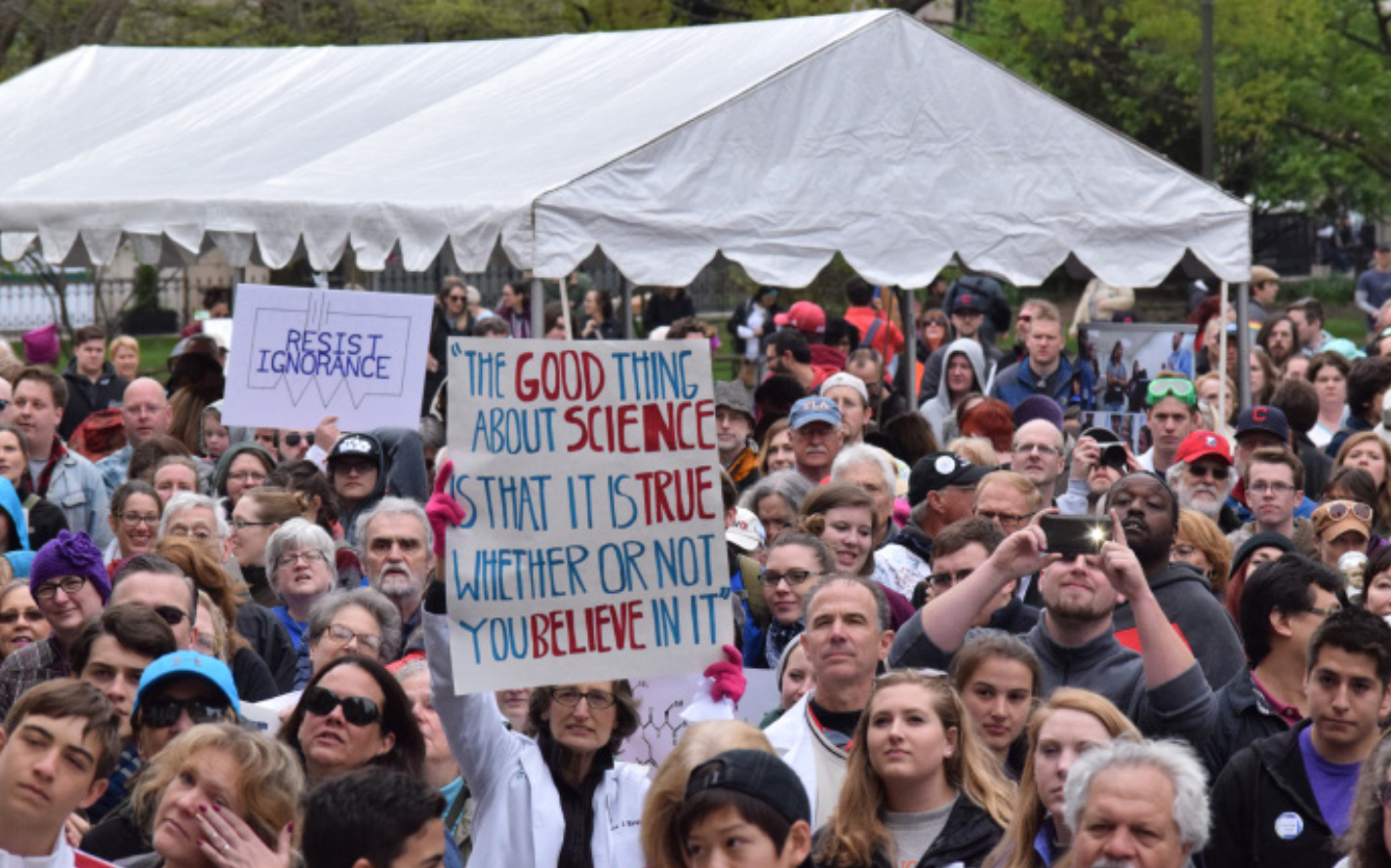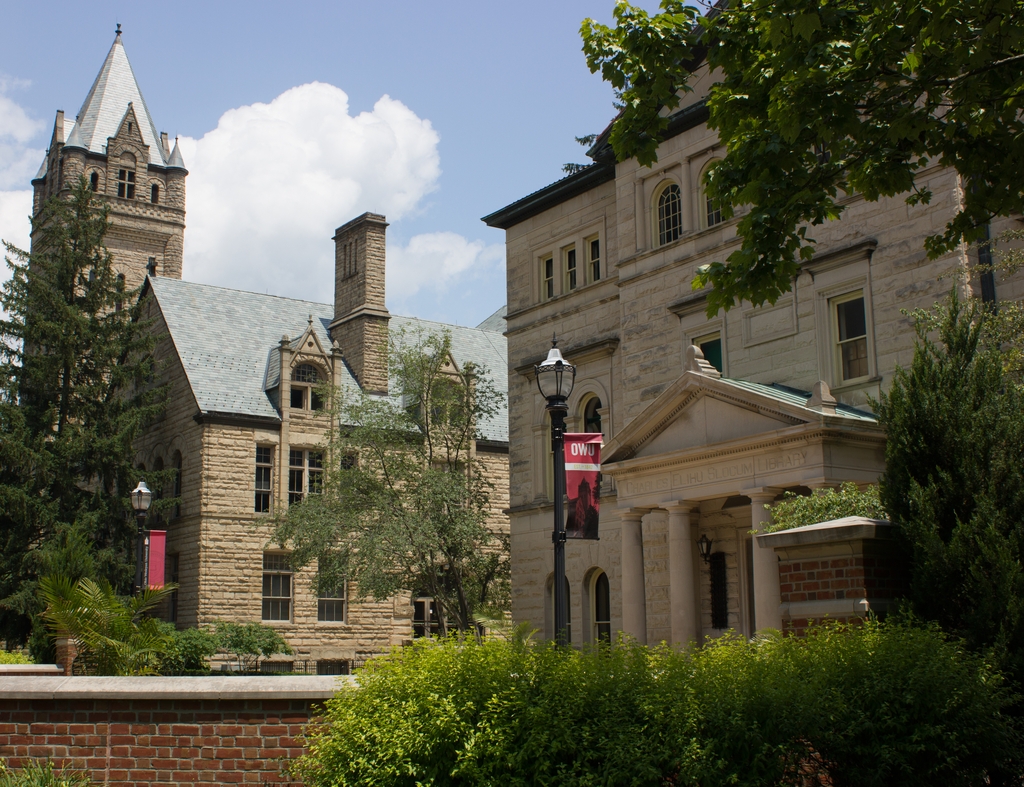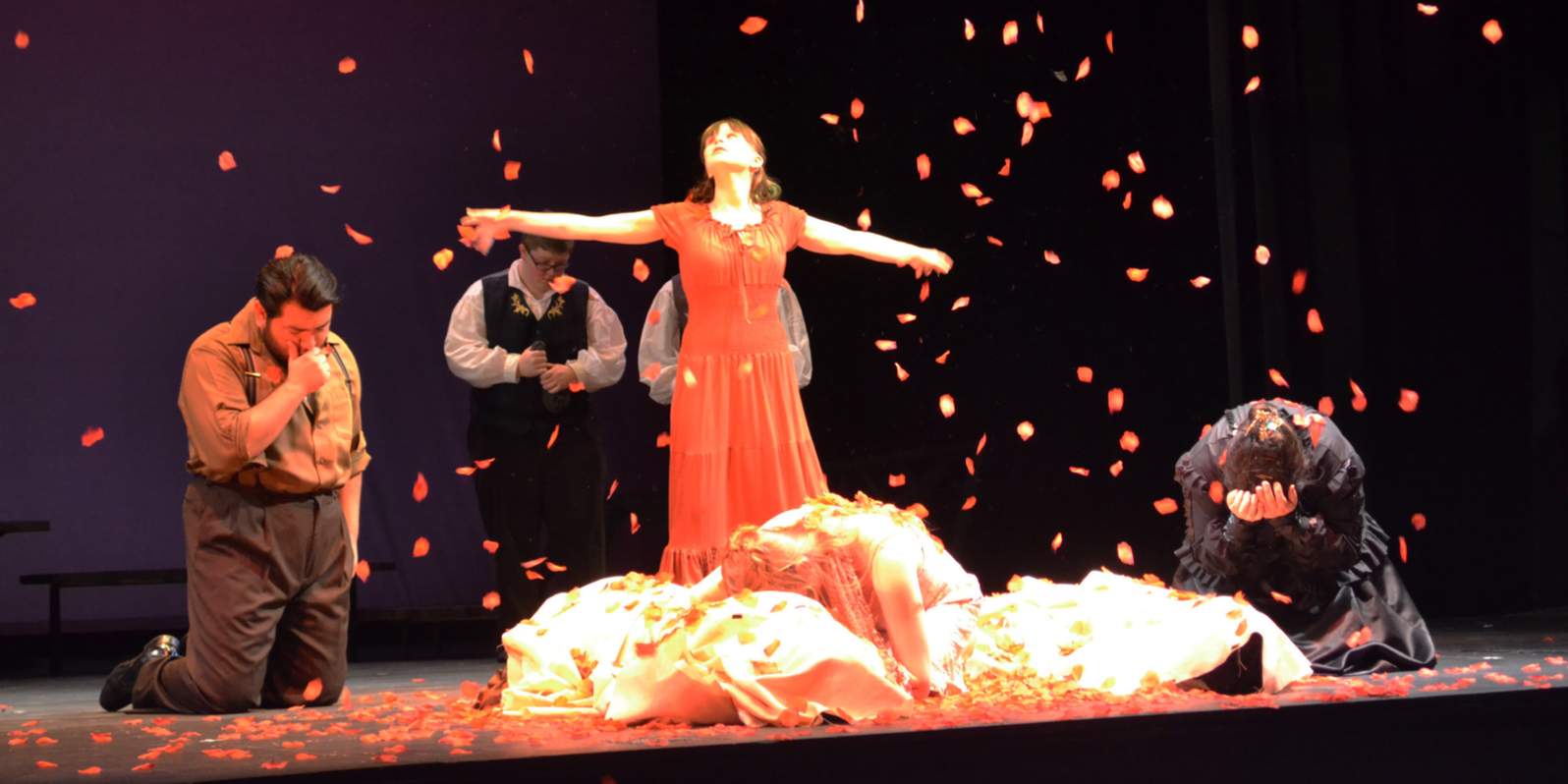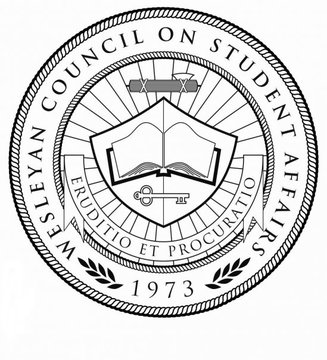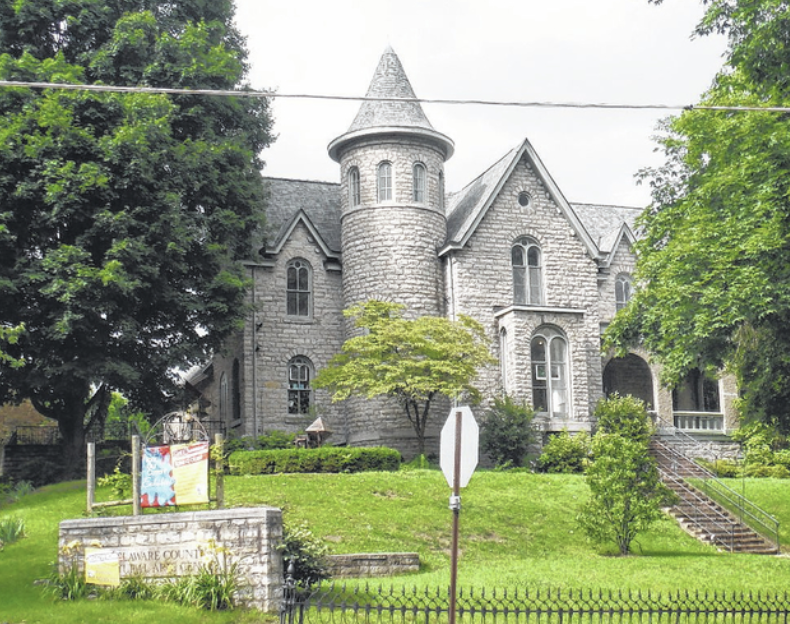By Sara Hollabaugh, Online Editor
As a senior with 17 days left at Ohio Wesleyan, I’m about to experience a lot more lasts.
Naturally, right?
Some are irrelevant, but some lasts are actually making me stop and re ect on my four years here.
Though some lasts have taken place already—such as my last fall Day on the JAY, my last sorority date parties and formals, my last philanthropy events, and my last leadership roles in organizations I’m a part of—I’ve got a lot more coming.
I’ll have my last day of classes, my last nals, my last spring Day on the JAY, my last midnight breakfast and my last time walking into Phillips to slave away at The Transcript office or in my journalism classes.
I’ll have my last chapter meeting for my sorority, my last time laughing with my sisters as an active member, my last day working for Nancy Rutkowski (my favorite human at OWU) and my last time eating lunch in the Zook Nook.
There are plenty more lasts I will experience that I am not even cognizant of right now.
As I write this, I am sitting at The Backstretch, completing my daily 30 minutes for 50-Day Club.
It’s day 19 and I’m eating my usual Hencock fries (a glorious combination of french fries, hot sauce, ranch, cheese and bacon).
No beer today, though, I’ve got too much to do later. It would have been Ciderboys Peach, an apple peach hard cider, though, or a Stella Artois.
That being said, I’ll also have my last time at “the Stretch” as an undergrad and my last day of 50-Day Club.
As I reminisce over the past four years, however, I think about how some of these lasts will also be my rsts.
I’ll have my first senior “send off” at my last sorority chapter meeting. I’ll have my first Final Lap, an event one of my dear friends has started, after my first commencement rehearsal.
I’ll have my first college graduation.
For some, that’s a lot to take in. But I’m really ready to leave. I know I am.
I’ve outgrown OWU, just as I should.
This place has given me a lot and I’d like to think I’ve given a lot right back.
We all have our respective lasts and firsts as the days at OWU come to close, and that’s one of the most unique parts about college—none of us will remember OWU the same way, none of us will have the same memories and that’s why none of us will have the same firsts or lasts.
Life is special that way.
So as I sit here reflecting on mine, I’m experiencing writing my last words for The Transcript ever.
The end.

